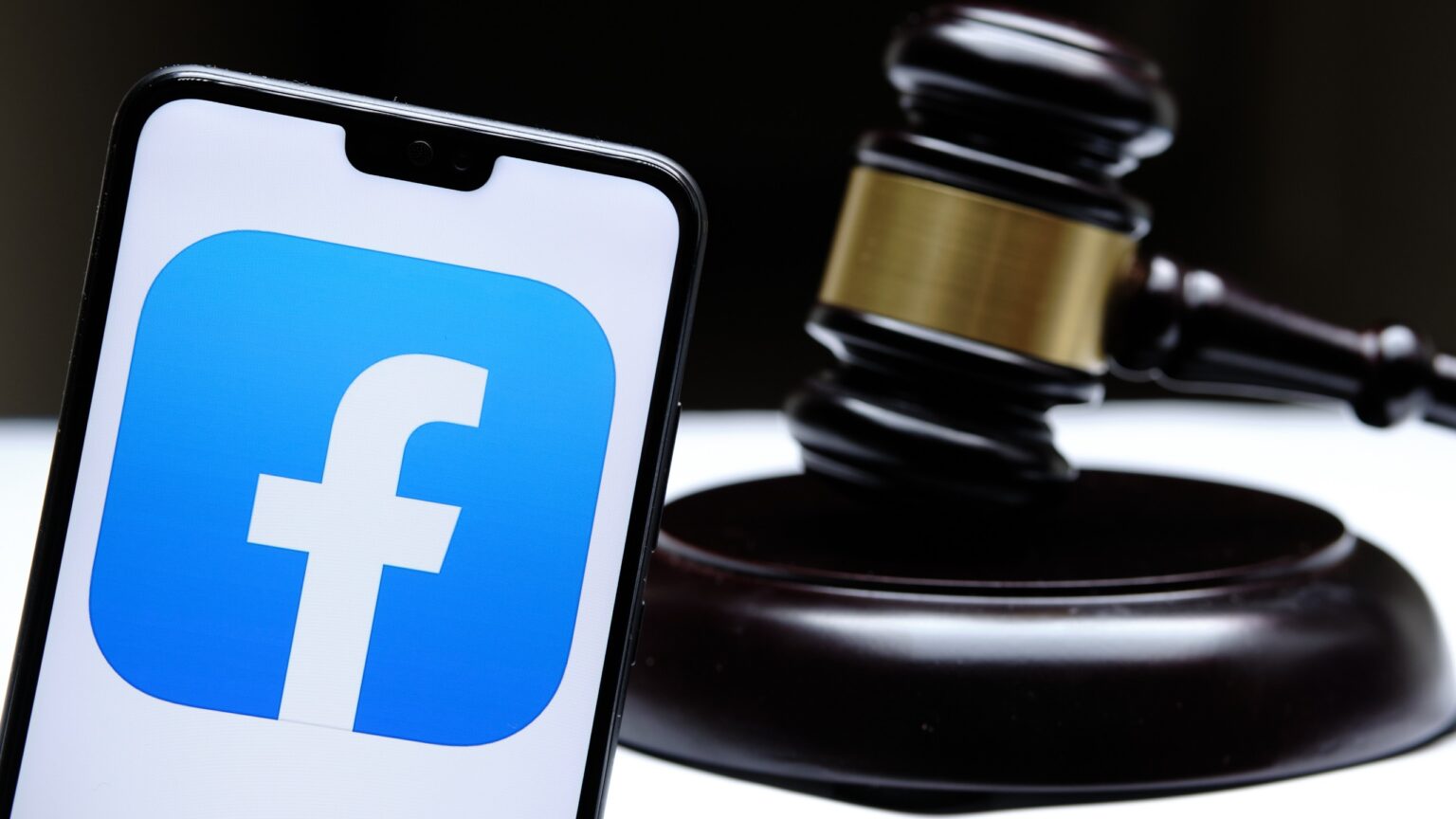Seattle’s public school district has filed a lawsuit against social media giants Alphabet, Meta Platforms, Snap, and TikTok-owner ByteDance in the US District Court. The complaint, filed on Friday, claims that these tech giants intentionally designed their platforms to lure young people, leading to a mental health crisis.
Also read: ChatGPT banned in NYC Schools, Stack Overflow, WeChat
Data shows that the United States has more than 300 million social media users, ranking third after China and India. More than 80% of people aged 18–29 use social media in the United States, and TikTok is the most popular social media app.
“Defendants have successfully exploited the vulnerable brains of youth, hooking tens of millions of students across the country into positive feedback loops of excessive use and abuse of Defendants’ social media platforms,” the lawsuit said.
However, in emailed statements to Reuters, social media platforms claimed they’re prioritizing the safety of children.
Snap said it works closely with mental health organizations and that the mental health of the community is a priority, while Google said it does not leave any room for doubt in ensuring the creation aof safe experiences for children across its platforms, and has introduced “strong protections and dedicated features to prioritize their well-being.”
Students with mental health issues are performing poorly and require treatment from trained personnel.
Demand for compensation
The 92-page complaint demands compensation for monetary damage. The public schools are forced to hire trained personnel to treat affected students in person.
“Defendants’ growth is a product of choices they made to design and operate their platforms in ways that exploit the psychology and neurophysiology of their users into spending more and more time on their platforms. These techniques are both particularly effective and harmful to the youth audience,” the lawsuit said.
The lawsuit states that from 2009 to 2019, there was an average increase of 30% in the number of students at Seattle public schools who reported feeling “so sad or hopeless almost every day for two weeks or more in a row that [they] stopped doing some usual activities.”
“The argument that we deliberately push content that make people angry for profit is deeply illogical,” Mark Zuckerberg commented on the matter.
“We make money from ads, and advertisers consistently tell us they don’t want their ads next to harmful or angry content. And I don’t know any tech company that sets out to build products that make people angry or depressed,” he added.
Not just kids are affected
People are calling out in support of Seattle Public Schools in social media.
“It’s not just kids it’s causing problems for. Just spend 10 minutes on twitter to see the hate and vileness it’s created,” user Gump tweeted in a response to the Reuters News.
Another user tweeted “It is a no brainer, Tik-Tok and Facebook are causing some serious social damage. But as parents we all need to be held equally responsible,” in response to same news.
In 2021, following testimony by whistle-blower Frances Haugen, US lawmakers accused Mark Zuckerberg, the CEO of Facebook, of prioritizing profits over children’s mental health. Facebook has consistently denied Haugen’s claim that the company failed to protect teenage girls on Instagram.









 and then
and then